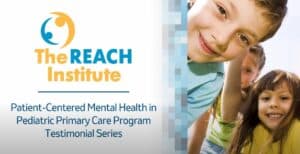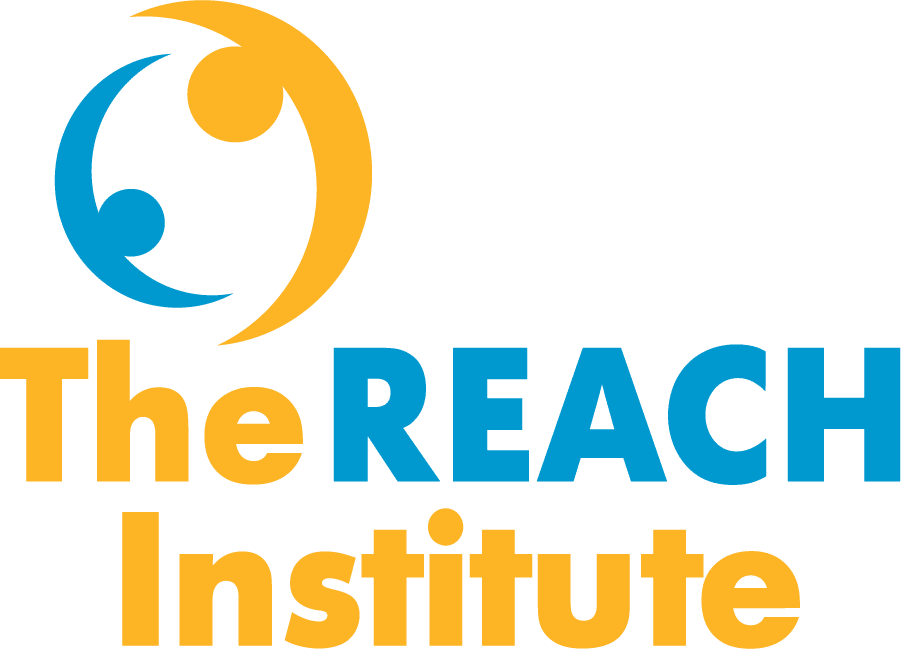
How Social Media is Impacting Teens
- May 10, 2025
- The REACH Institute
- Anxiety, Child mental health, Depression, High-risk children & youth, Parents, Patient communication
The most important question that we can ask teens isn’t if they use social media, it’s how. Just last May, the Surgeon General’s advisory on social media use in youth exposed some shocking statistics: Among 13 to 17-year-olds, up to 95% use social media, with 35% saying they use social media “almost constantly.”

Using CBT to Support Pediatric Patients with Depression
- March 27, 2025
- The REACH Institute
- Cognitive behavioral therapy, Depression
“As primary care providers, we can help our pediatric patients with depression using basic Cognitive Behavioral Therapy (CBT) tools,” explains pediatrician and REACH faculty member Jackie Cotton, MD. “Many common recommendations currently used align with CBT best practices. As part of an evidence-based treatment protocol, a clear roadmap for using these tools helps clinicians save…

Diagnosing Seasonal Affective Disorder
- March 26, 2024
- The REACH Institute
- Assessment & screening, Cognitive behavioral therapy, Depression
“Seasonal Affective Disorder (SAD) is more than just the winter blues,” explains Maureen Montgomery, MD, a pediatrician based in Buffalo, NY. “It’s a subtype of clinical depression that has very specific characteristics.” As the name suggests, SAD is a seasonal and cyclical type of depression. In most cases, SAD occurs during the fall and…

Responding to the Alarming Rise of Depression in Adolescent Girls
- May 18, 2023
- The REACH Institute
- Anxiety, Assessment & screening, Child mental health, Depression, High-risk children & youth, Suicide
Gain a deeper understanding of the challenges faced by adolescent girls and the proactive steps clinicians can take to support them.

Supporting mental health needs in rural areas
- April 20, 2023
- The REACH Institute
- ADHD, Anxiety, Child mental health, Depression, Eating disorders, High-risk children & youth, LGBTQIA, Parents, Patient communication, Pediatric primary care
Rural healthcare providers can be overwhelmed—and understaffed with specialists. Discover how REACH inspired Elizabeth Wallis, M.D., to build a community to support her patients.

Dealing with mental health issues in injured student athletes
- March 14, 2023
- The REACH Institute
- Depression, High-risk children & youth
When student athletes can’t play, their mental health may suffer.

When and how to send kids to the emergency room
- November 15, 2022
- The REACH Institute
- Assessment & screening, Depression, Suicide
“The first thing I would say to any clinician is that it’s never wrong to send a child to the emergency room,” said Amy Dryer, MD, pediatrician and REACH faculty member.
Having spent 10 years in a hospital emergency department, Dr. Dryer is intimately familiar with the criteria ER physicians use to decide to admit psychiatric patients: a medical condition, suicidal ideation with a lethal plan, homicidal ideation, or active psychosis.
However, she emphasized that your decision to refer to the ER doesn’t hinge on whether the patient is likely to be admitted. “If what they’re telling you makes you uncomfortable,” she said, “go ahead and refer them.”

IEP and 504 school accommodations for mental health needs
- July 12, 2022
- The REACH Institute
- ADHD, Anxiety, Child mental health Depression,
Children with mental health diagnoses may need special accommodations in order to succeed in school. Patients with attention-deficit hyperactivity disorder (ADHD) or autism come immediately to mind. However, children with depression and anxiety disorders may also struggle in the classroom.
Pediatric primary care providers (PCPs) and therapists can help families get the school accommodations their children need. Mark Wolraich, MD, REACH faculty member and retired professor of pediatrics at the University of Oklahoma Health Sciences Center, emphasizes that children are best served when professionals take a team approach to mental health care.

Helping families deal with holiday stress
- November 17, 2021
- The REACH Institute
- Anxiety, Depression Parents,
“In some ways the holidays this year will be harder than last year for many people,” said Deborah Buccino, MD, pediatrician and REACH board member. “Earlier, we had pretty clear-cut rules about what you could and could not do safely. This year, we have a lot more gray areas.”

How PCPs can prevent teen suicide
- June 10, 2019
- The REACH Institute
- Child mental health, Depression, Pediatric primary care Suicide,
“It’s not just that we’re more aware of adolescent suicide,” said Michael Scharf, MD, chief of child and adolescent psychiatry at the University of Rochester Medical Center and a REACH faculty member. “The rate really is going up. Teen suicide is still rare, but it’s increasing.” Primary care providers (PCPs) can help teens at risk of suicide, first of all, by being willing to talk about it. “Some people think that asking about suicidal ideation makes the kid more likely to act,” said Dr. Scharf. “But evidence shows that asking either has no impact or has a relieving effect; it frees the patient to talk about the issue.” “You need to think ahead of time of what to ask and how, so you feel comfortable,” said Dr. Scharf. “You need a go-to way to assess risk and how likely the kid is to follow through.” (See Resources below.) The assessment results can range from “nothing to do here” to “send this kid to the emergency department.” “The tricky part,” Dr. Scharf said, “is what to do in between.”

GLAD-PC Toolkit Is Here to Help You Treat Depression
- November 15, 2018
- The REACH Institute
- Assessment & screening, Depression Medication,
The new edition of Guidelines for Adolescent Depression in Primary Care (GLAD-PC) is now available on The REACH Institute website. This practical toolkit offers dozens of resources to help pediatric primary care providers diagnose and treat depression.
Categories
- ADHD
- Anti-racism
- Anxiety
- Assessment & screening
- Autism
- Child mental health
- Coding
- Cognitive behavioral therapy
- College transition
- Culturally responsive
- Depression
- Eating disorders
- Foster care
- Grief
- High-risk children & youth
- LGBTQIA
- Medication
- Parents
- Patient communication
- Pediatric primary care
- School refusal
- Sleep disorders
- Suicide
- Trauma
- Show All Categories
Register for courses
“The REACH Institute Video Testimonials: JoAnn  ”
”
